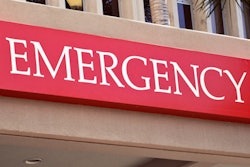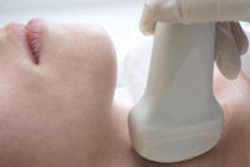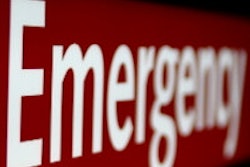Patients undergo less follow-up imaging when radiologists rather than nonradiologist physicians read ultrasound scans performed in the emergency department (ED), according to a study published online February 22 in the Journal of the American College of Radiology.
Researchers from the Harvey L. Neiman Health Policy Institute used Medicare data from 2009 to 2014 to evaluate ultrasound use in the emergency room. They determined whether initial ultrasound exams were interpreted by a radiologist or nonradiologist, and then tracked all additional imaging that occurred within seven, 14, and 30 days thereafter.
The emergency department patients whose ultrasound scans were read by nonradiologists underwent 1.08 more imaging studies within seven days, 1.22 more studies within 14 days, and 1.34 more studies within 30 days. For both radiologists and nonradiologists, the volume of subsequent imaging decreased over time, but despite that decline, differences in follow-up imaging between radiologists and nonradiologists persisted, according to the researchers.
"While the causes of this difference are not clear, the previously documented higher use of limited ultrasound examinations by nonradiologists or a lack of confidence in the interpretations of nonradiologists may potentially explain this increase in follow-up imaging examinations," said lead author Dr. Bibb Allen Jr. in a statement released by the institute. "Since emerging federal health reform includes cost and resource use as part of the Medicare Quality Payment Program, emerging patterns of care such as point-of-care ultrasound should include resource use in outcomes evaluation."



















